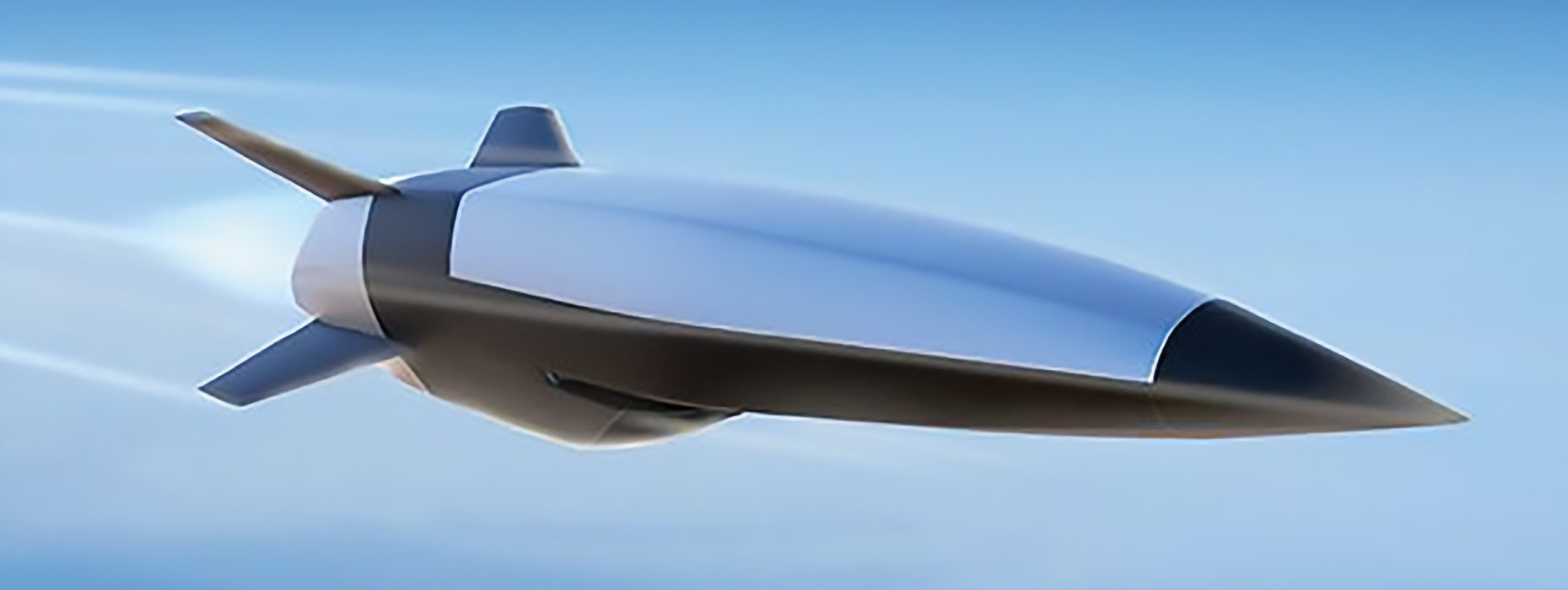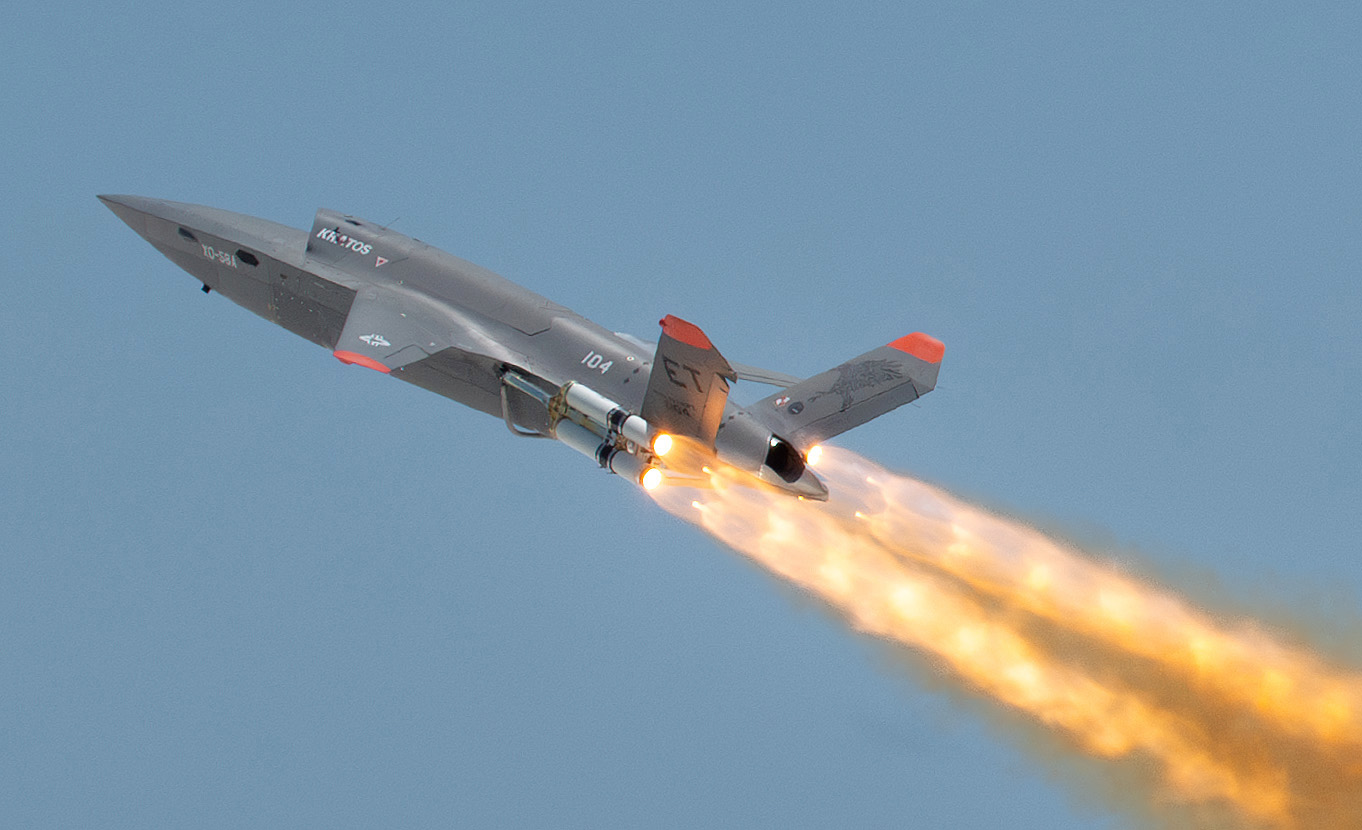Air Force Pushes Ahead with 2 Hypersonic Missile Programs
By John A. Tirpak
The Air Force’s Hypersonic Attack Cruise Missile (HACM) is delayed and may significantly overrun its expected cost, which could partially explain why the service is reviving the hypersonic AGM-183 Air-Launched Rapid-Response Weapon (ARRW).
The Government Accountability Office, in its annual report to Congress on the status of various major defense programs, said last week that the HACM is “behind schedule,” though the Air Force is working with prime contractor Raytheon and engine supplier Northrop Grumman to field the weapon on time.
The service and the contractors are working toward a new schedule that still adheres to the five-year time frame for rapid prototyping efforts, with the potential fielding of HACM as soon as 2027.
Raytheon, a division of RTX, is “projecting that it will significantly exceed its cost baseline” for HACM, the GAO reported. The Air Force is considering dropping two flight tests as a cost-saving measure to get spending back on track, the watchdog agency said.
HACM, the Air Force’s preferred hypersonic missile, is envisioned as a weapon small enough to be carried by F-15 or other fighters and able to travel at five times the speed of sound. The HACM vehicle is propelled to hypersonic speed by a booster that separates from the main weapon; the vehicle then ignites an air-breathing engine that powers it to its target.
“The Air Force plans to build 13 missiles during the rapid prototyping effort,” the GAO said, “including test assets, spares, and rounds for initial operational capability.”
The service expects to start rapidly fielding missiles in fiscal 2027 before tweaking its design ahead of full production, “based on global power competition and urgency” to address threats, GAO said. A decision to begin full production would come in 2029, the Air Force told the watchdog agency.
The HACM is one of several hypersonic design initiatives underway within the Air Force. Lockheed Martin tried to develop the AGM-183 ARRW in a rapid maturation effort that yielded mixed results in testing. Though the last few tests, which mimicked operational flight, were generally satisfactory, the service paused funding in this year’s budget. One senior service official even reported ARRW was “officially dead.”
But the fiscal 2026 budget appears to resurrect ARRW, a “larger form factor [missile] that is more strategic, long-range, that we have already tested several times,” sccording to Air Force Chief of Staff Gen. David Allvin.
Air Force Secretary Troy Meink said the Air Force is determined not to buy a token number of hypersonic missiles. “We’ve got to be able to buy more than 10,” he said.
ARRW is a large weapon that would be carried by B-52 bombers using wing pylons. The booster—adapted from an Army Tactical Missile System rocket—propels the warhead to hypersonic speed, after which it glides to its target. The Air Force prefers the HACM, though, because it is smaller, more maneuverable, longer-ranged, and can be carried by both fighters and bombers in the future.
A former senior defense official argues it makes sense to keep ARRW going because the HACM’s delays are “just what you would expect with a cutting-edge technology.”
“It’s generally a good idea to have an alternative,” he said.
Raytheon has received about $1.4 billion from the Air Force for the HACM program so far. The missile began as a middle-tier acquisition program, which can move faster than typical procurement, but will likely become a more traditional major defense acquisition program at some point.
“Program officials said that the delays will reduce the number of flight tests the program can conduct during the five-year rapid prototyping effort from seven to five,” the watchdog added.
Even with five test flights instead of seven, the Air Force told the GAO “that the program will still be able to establish sufficient confidence in the missile to declare it operational and to meet all the [rapid acquisition] objectives.”
In ‘Crucial’ Test, F-16 and F-15 Pilots Control Drone Wingmen
By Chris Gordon
The U.S. Air Force took a major step toward integrating crewed fighters with semiautonomous drones as Air Force F-16C and an F-15E pilots each controlled two XQ-58A Valkyrie drones in an “air combat training scenario,” the Air Force Research Laboratory said in July.
The test flights demonstrated USAF’s ability to achieve “real-time integration between manned and semiautonomous systems,” the lab announced. The XQ-58A, built by defense startup Kratos, first flew in 2019. It is a forerunner to the Collaborative Combat Aircraft being developed by Anduril Technologies and General Atomics, the YFQ-42A and the YFQ-44A, the first two uninhabited systems to earn “fighter” designations. The XQ-58A tests will contribute to the CCA program.
The Air Force is spending $711 million on the CCA program in fiscal 2025 and planning another $789 million in fiscal 2026. But it is also investing elsewhere, including some $50 million in an Autonomous Collaborative Platforms program intended to “mature technology to reduce risk through development, integration, experimentation, and test activities.”
“With this flight, we mark a crucial step in developing capabilities that harness human-machine teaming to overcome complex threats and expand our advantages,” Brig. Gen. Jason E. Bartolomei, the commander of AFRL, said in a statement. “By developing and integrating autonomous platforms with manned systems, we can quickly adapt, increase combat effectiveness, and reduce risk to our aircrews in contested environments.”
AFRL did not elaborate in its statement on how the XQ-58A drones were controlled by the F-16C, a single-seat aircraft, and the F-15E, which carries a pilot and a weapons system officer. Nor did AFRL offer details on what maneuvers the aircraft conducted.



